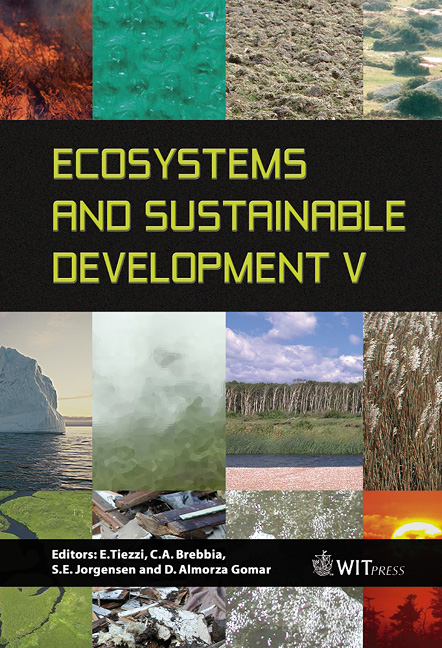Energy Saving In Building Ventilation
Price
Free (open access)
Transaction
Volume
81
Pages
10
Published
2005
Size
532 kb
Paper DOI
10.2495/ECO050341
Copyright
WIT Press
Author(s)
A. D’Este, A. Gastaldello & L. Schibuola
Abstract
The actual trend of the new standards regarding indoor air quality is to increase the ventilation rates in order to improve the comfort and the healthy levels in buildings. As external air treatment cost in a HVAC system is a considerable quota of the global annual management charges, the possibility of reducing the energy consumption due to the ventilation is strongly suggested. A direct heat recovery from the exhaust air is the most used technique and a great variety of heat exchangers, with the ability to recover just the sensible heat or also the latent heat, are available. Another possibility is the use of the expulsion air as a cold source for a heat pump as its temperature level permits excellent COP (thermodynamic recovery). The heat pump can be installed alone or combined with the heat exchanger which should be installed before the heat pump evaporator to ensure the best performance. A comparison between these techniques has been carried out by simulating the performance of the different recovery system configurations in order to evaluate the energy and the economic saving. The results for different typical application cases, in terms of occupancy levels and ventilation rates, are presented here and discussed for various climatic conditions. Keywords: indoor air quality, ventilation, heat recovery, heat pump, energy saving, economic saving. 1 Introduction The new standards and the modern HVAC design tendency give increasingly importance to indoor air quality to achieve a full comfort in buildings. This involves to increase the ventilation rates in buildings such as schools, restaurants and offices and to impose the mechanical ventilation also where it was not usually compulsory in the past like for example in the smoking areas. In this way
Keywords
indoor air quality, ventilation, heat recovery, heat pump, energy saving, economic saving.





